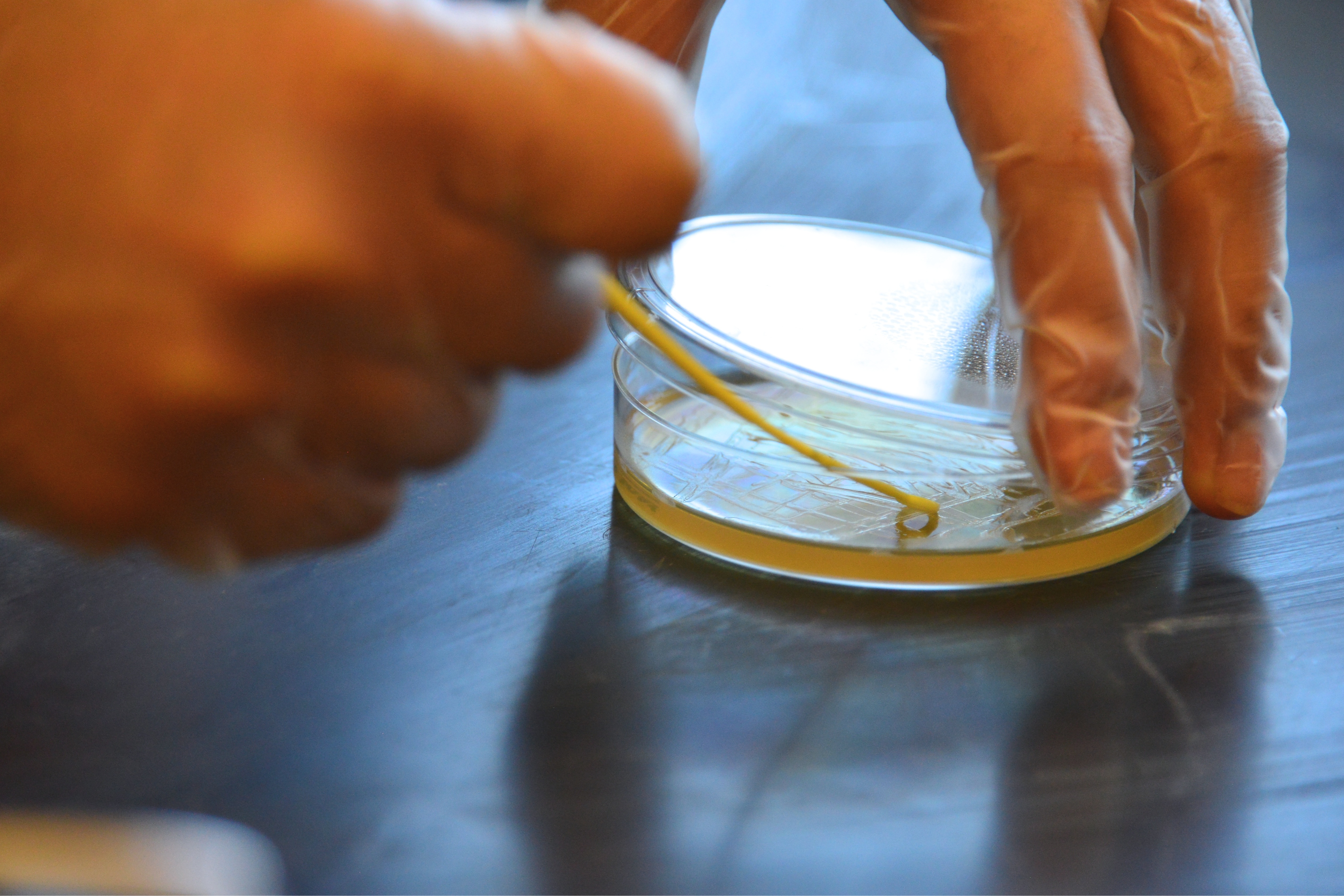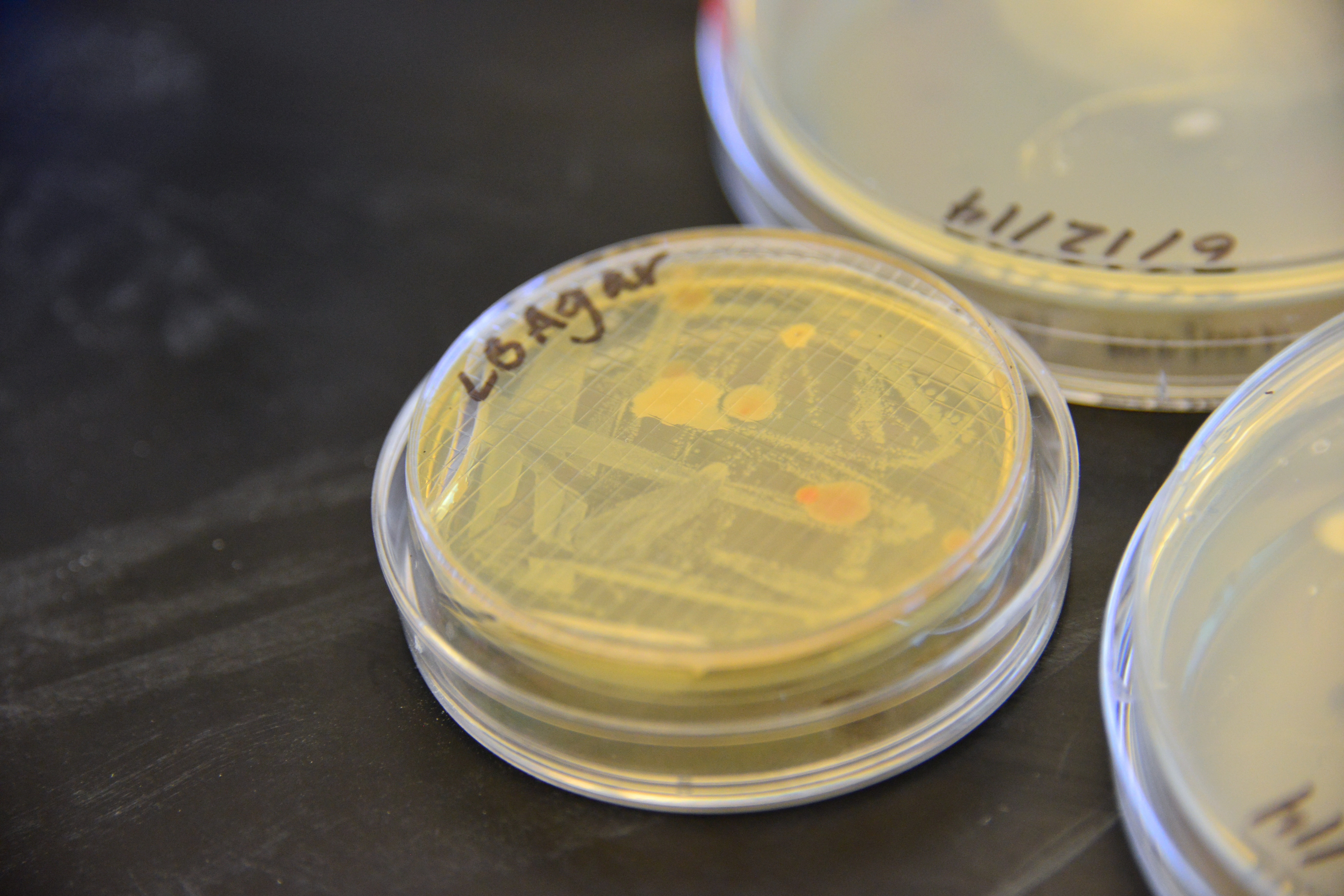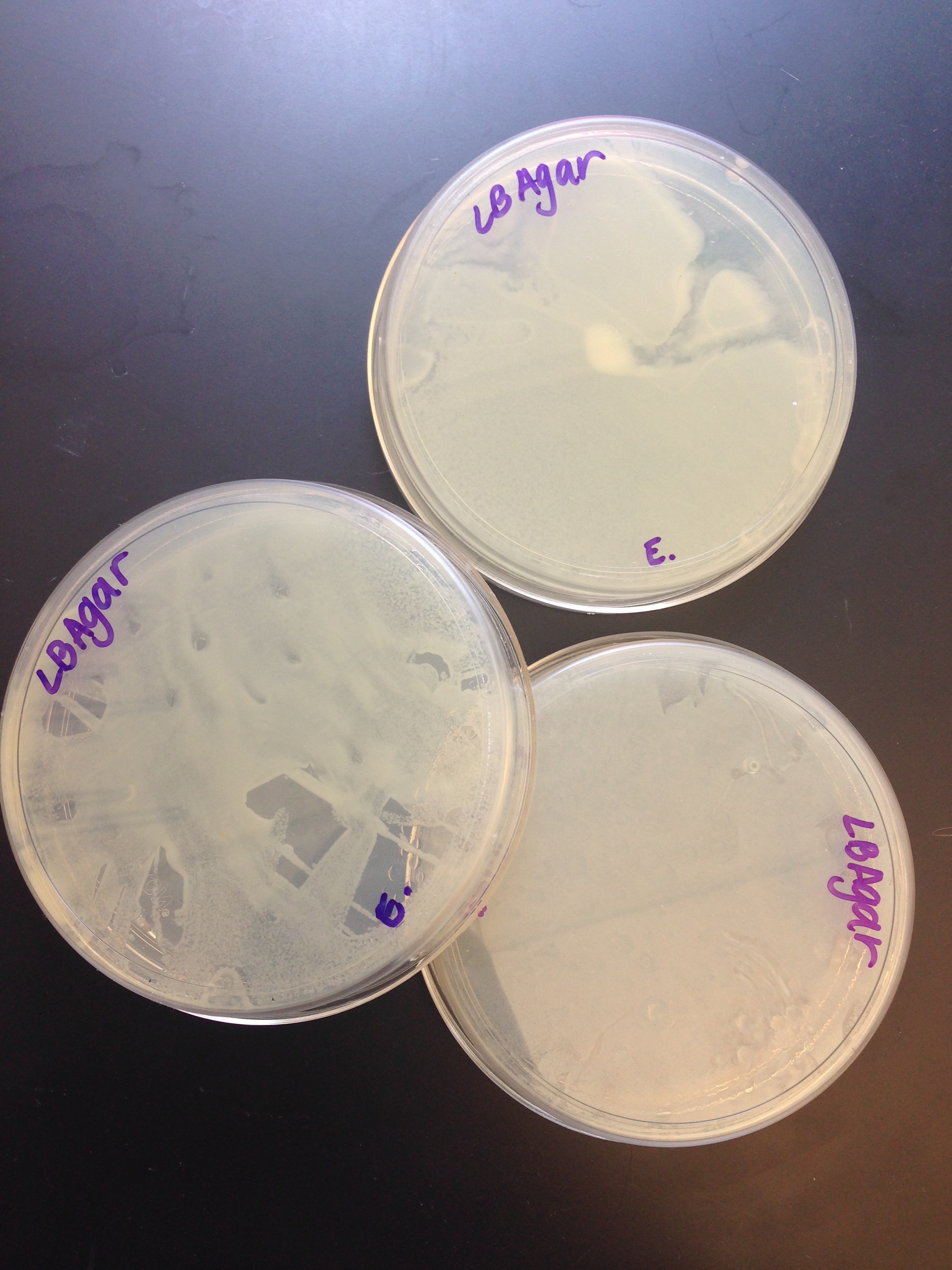Team:Montgomery Cougars NJUSA/Project/ErrorAnalysis
From 2014hs.igem.org
Contents |
Error Analysis
As a first year team, we have run into many problems throughout the course of the season from financial hardship to laboratory mistakes. Here we share our experiences throughout the year in hopes that other teams can learn from our mistakes and have an easier time through the season.
Laboratory Problems
Time Management
The lab procedures took much longer than we would have expected. In inspecting the equipment that we had, we realized that we could not ligate at different times since our thermocycler only has one setting. Additionally, when we ordered parts on the registry, we did not follow up until almost two weeks later. At that point it was already June. Therefore, many of our lab procedures were as basic as possible and we skipped many of the "optional but recommended" steps.
Growing Cultures
In our first attempt to culture the bacteria, we made the mistake of trying to culture the bacteria on a Ampicillin and Kanamycin LB Agar plate. We were following the protocol from the 3A assembly but forgot that the parts we ordered were not exactly identical to the parts in the distribution. We waited two or three days for the bacteria to grow before we began analyzing what we had done wrong (since expected growth should happen within 24 hours of inoculation). Upon closer analysis, we realized that the parts we had streaked were not antibiotic resistant and repeated the inoculation on plain LB Agar plates. Two days later, we had our bacteria.
Contamination
We also need to take into account the contamination that occurs during lab procedures. Although we follow all safety cautions to maintain accuracy of our lab results and keep ourselves safe from the deleterious chemicals, the environment where we perform our lab experiments is not as pristine as a professional laboratory, so errors due to contamination were unavoidable. Since our facility is seldom open over the weekends, our competent bacteria grew extremely rapidly throughout the days we were absent. When we came back to check on the growth, there were various samples of mold inside the plates. This demonstrates the fact that the plates were initially contaminated. We bleached the contaminated plates out for disposal and were more careful in our future endeavors.
Failed Experiment
Ultimately, this year our biobrick mechanism failed to deliver the results we were hoping for. We attribute this to a variety of reasons. The biggest reason lies in the fact that we were extremely pressured for time, since our parts did not come when we expected them to. To help this, we cut many procedures as short as possible, and tried to get everything done in a timely fashion. Our final transformed bacteria did grow but did not display any of the characteristics we predicted for our mechanism. First, the most obvious reason comes from the fact that the lacl promotor may not have actually been stimulated because we used plain LB Agar plates. Also, since we were ligating 5 parts and the plasmid together, we had to devise our own restriction digest mechanism that may or may not have actually worked. Finally, our lab was also not carried out in a controlled, sterile and professional setting. Therefore, much of our errors could have stemmed from the fact that we were inexperienced with the equipment and materials.
Administrative Problems
Finances
Because we are in the nascent period of the STEM program, we did not receive adequate pecuniary support from our school district. In order to earn money to purchase the registry parts and lab equipment, we reached out to our local supermarkets and stores. As we informed our community of our iGEM project, we asked for their donations to contribute to our cause. One way we earned money was through our Shoprite fundraiser. Members of Montgomery iGEM volunteered their time in two hour shifts and helped bag for our local Shoprite. However, our mistake lay in our failure to find a corporate sponsor or similar sponsor. The support would have given us much more time to worry about the scientific side of iGEM and allowed us to purchase more advanced equipment and accommodate for multiple reactions.
Team Structuring
Many of our team leaders have had a background in the FIRST robotics program. The FIRST program tries to involve as many students as possible, making for large teams. When the same concept was applied to iGEM, we encountered numerous problems. The iGEM club organization works best with anywhere from 8-15 people. Our 35+ person team, while supported the spread of STEM, was slightly less than optimally productive. For future years, while we want to try to keep everyone involved, we seek to find different roles for everyone on our team.
 "
"


